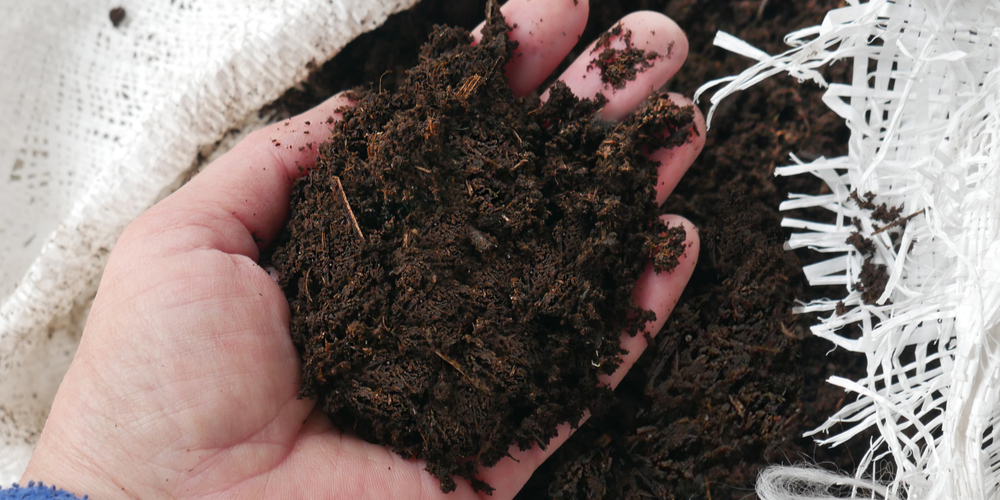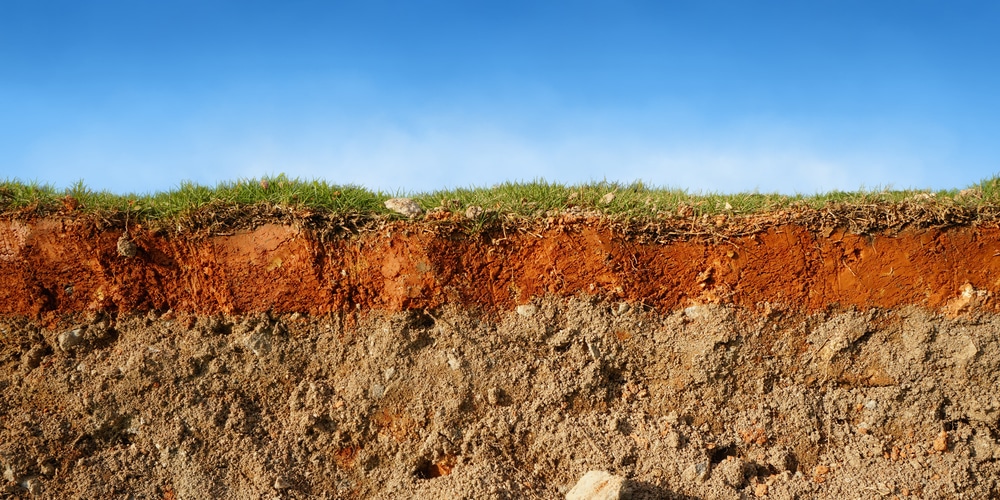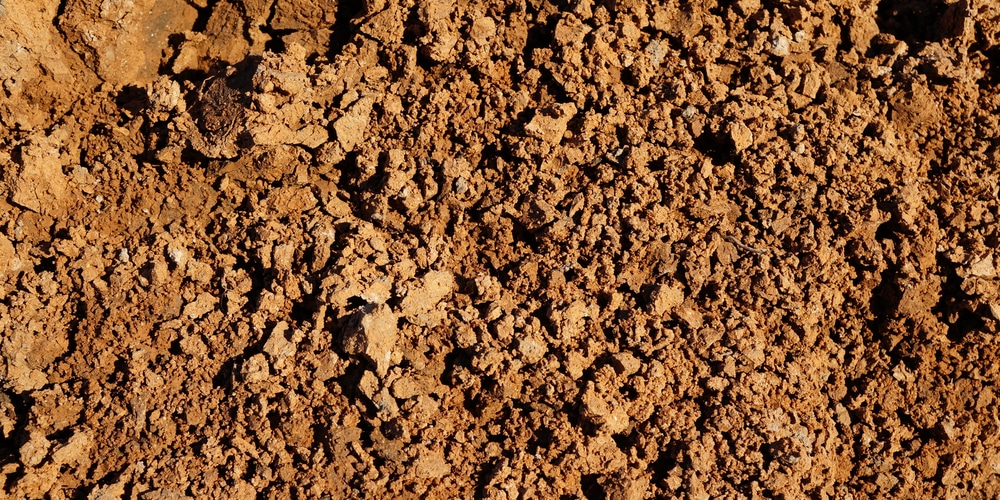Ever wondered why some dirt looks different from other dirt? Is Dirt Homogeneous or Heterogeneous? Maybe you’ve noticed that sand seems to be a different material than, say, potting soil. And you’d be right – they are different! Soil comprises many small pieces of broken-down rocks and minerals, and each type of soil has a different combination of these materials.
Whether dirt is homogeneous or heterogeneous depends on what you mean by “dirt.” For example, if you are referring to a sample of soil from your backyard, the answer would be heterogeneous because different types of soils have different compositions.
If you take a closer look at that sample of soil, you will see that it comprises many small pieces that are similar in size and shape. So, on a smaller scale, dirt is relatively homogeneous.
Dirt as a Homogenous Material
When dirt is homogeneous, it is made of the same thing throughout, which can be challenging to find. An example of this would be if you took a sample of sand from the beach and found that it was made entirely of tiny pieces of quartz.
Alternatively, homogeneous dirt could refer to a mixture of different materials that are all the same size. An example of this would be if you took a sample of potting soil and found that it contained equal parts sand, silt, and clay.
In either case, homogeneous dirt would comprise uniform pieces that are all the same in composition or size.
Dirt as a Heterogeneous Material
On the other hand, heterogeneous dirt refers to a sample of soil that is not made up of uniform pieces. An example of this would be if you took a sample of sand from the beach and found that it contained tiny fragments of quartz and larger pieces of coral.
Another example of heterogeneous dirt would be if you took a sample of potting soil and found that it was mostly sand with a few chunks of organic matter mixed in.
The dirt would be heterogeneous in both cases because it is not made up of uniform pieces. This type of dirt is more common than homogeneous dirt.
Why Does It Matter?
So, why does it matter whether dirt is homogeneous or heterogeneous? Well, it turns out that the answer to this question can tell us a lot about how that dirt will behave.
For example, homogeneous dirt is easier to work with because it is more predictable. In addition, this type of dirt is less likely to compact or erode because the pieces that make it up are all the same size and shape.
Heterogeneous dirt, on the other hand, is more challenging to work with because it is less predictable. This type of dirt is more likely to compact or erode because the pieces that make it up are not all the same size and shape.
So, if you’re planning on doing some gardening or landscaping, you’ll want to be sure to use homogeneous dirt, which will make it easier to predict how the dirt will behave and help prevent compacting and erosion.
Conclusion
Depending on the project you are working on, you’ll want to use either homogeneous or heterogeneous dirt. A professional can help you to determine which type of topsoil or dirt is best for your needs.


